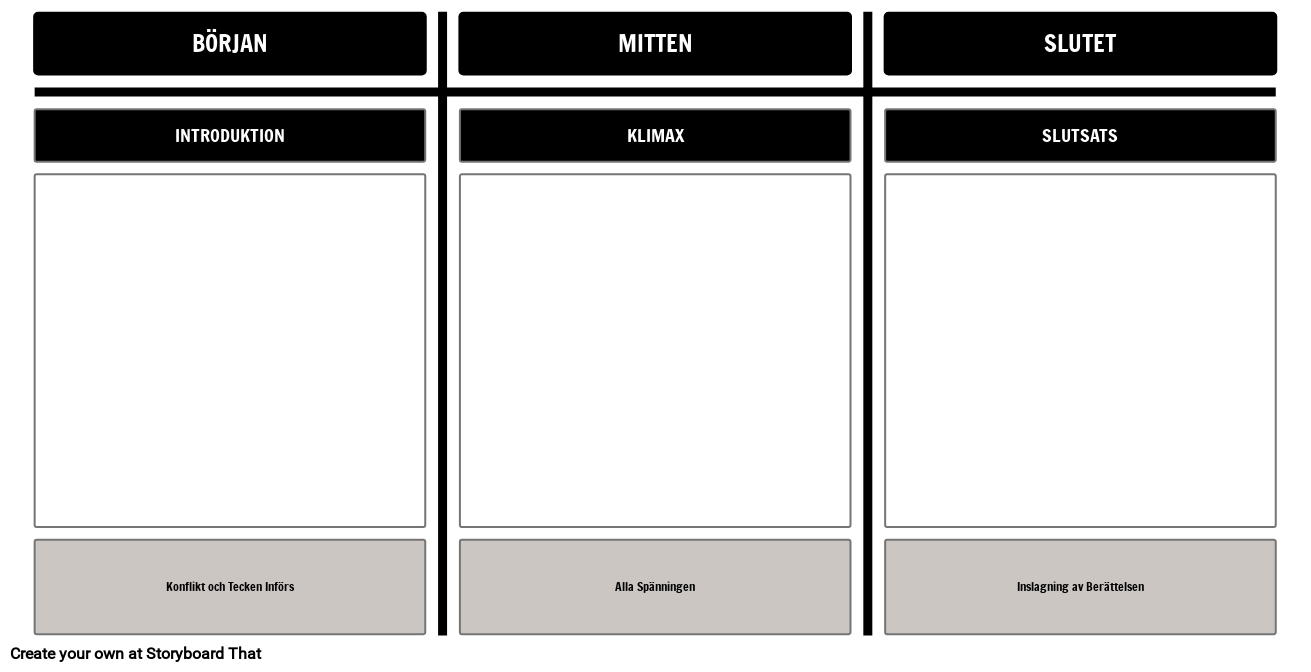Plots End Basic

What is the Plot of a Story?
In The Seven Basic Plots: Why We Tell Stories, Christopher Booker explains how our best-loved stories throughout history fall into only 7 distinct story types. He follows in a long line of theorists who have tried to explain why storytelling is such a universally powerful means of communication. Here I'll outline those 7 basic plots for you. Interactive, free online graphing calculator from GeoGebra: graph functions, plot data, drag sliders, and much more! Showing all 6 items Jump to: Summaries (5) Synopsis (1) Summaries. After the devastating events of Avengers: Infinity War (2018), the universe is in ruins. With the help of remaining allies, the Avengers assemble once more in order to reverse Thanos' actions and restore balance to the universe. In the opening, Clint Barton is teaching his daughter archery on his secluded farm while his wife prepares a picnic lunch for them. Suddenly, Clint's daughter vanishes and the rest of Clint's family disintegrates, along with half of all life across the universe, the result of Thanos' snapping his fingers after acquiring all six Infinity Stones. Icarus plots start with someone in the tail-end of some unfortunate event. For Icarus, it was becoming a prisoner in a tower. They have some rise in fortune, often by pulling themselves up by their own bootstraps — or wings. Some stroke of misfortune befalls them and sends them tumbling back down the dramatic curve.
If you are currently wondering, “WHAT IS A PLOT OF A STORY?” we’ve got the answer!
Last updated on June 28, 2019.
Plot as a literary term is defined as the structure of events that make up the movements of a story through time; characters and settings are organized in a logical pattern of cause-and-effect. A plot can be simple or complex in structure. A complex plot with many interrelated elements is sometimes called an imbroglio. Plot is also sometimes referred to as a storyline.
Five essential elements of plot explained:
1. Exposition/Introduction: In the exposition stage of the plot of a story, the setting and characters (especially the main character, known as the protagonist) are introduced, as well as the main problem, conflict or goal of the story.
2. Rising Action: The rising action stage involves an inciting incident. The inciting incident pushes the plot into motion, events begin to build, the protagonist takes action, and the storyline becomes more complex. During this phase, there is often a sense of tension.
3. Climax: The climax is the turning point in the plot of a story. It involves a “climax” (hence the name) – the central struggle. The protagonist faces the main challenge which will eventually lead to the outcome or goal of the story. Typically, this is the most emotional part of the storyline and it often involves the most action.


4. Falling Action: During this stage, the action winds down, loose ends get tied up, events are resolved and we learn the results of the protagonists’ actions.
5. Denoument/Conclusion: In the denoument stage, the goal is resolved and the conflict ends (could be positive, negative or neutral). This is the end of the story.
Plots End Basics
Without plot, there is no story.
In a story, something has to happen; otherwise, it’s not a story. The plot of a story includes the events of the story and conveys the key themes, messages, and meaning of the narrative. It’s what gives a story its energy and emotion. A good plot engages readers so they want to know what will happen next.
Microsoft Plots End Basic
Did you like this article? Then you might also like “8 Essential Elements of a Story Explained” which covers Setting, Character, Story Plot, Conflict, Theme, Point-of-View, Tone, and Style. Or, check out this perfectly printable PDF of the 8 elements of a story. You might also like 10 Steps to an A+ Essay.



